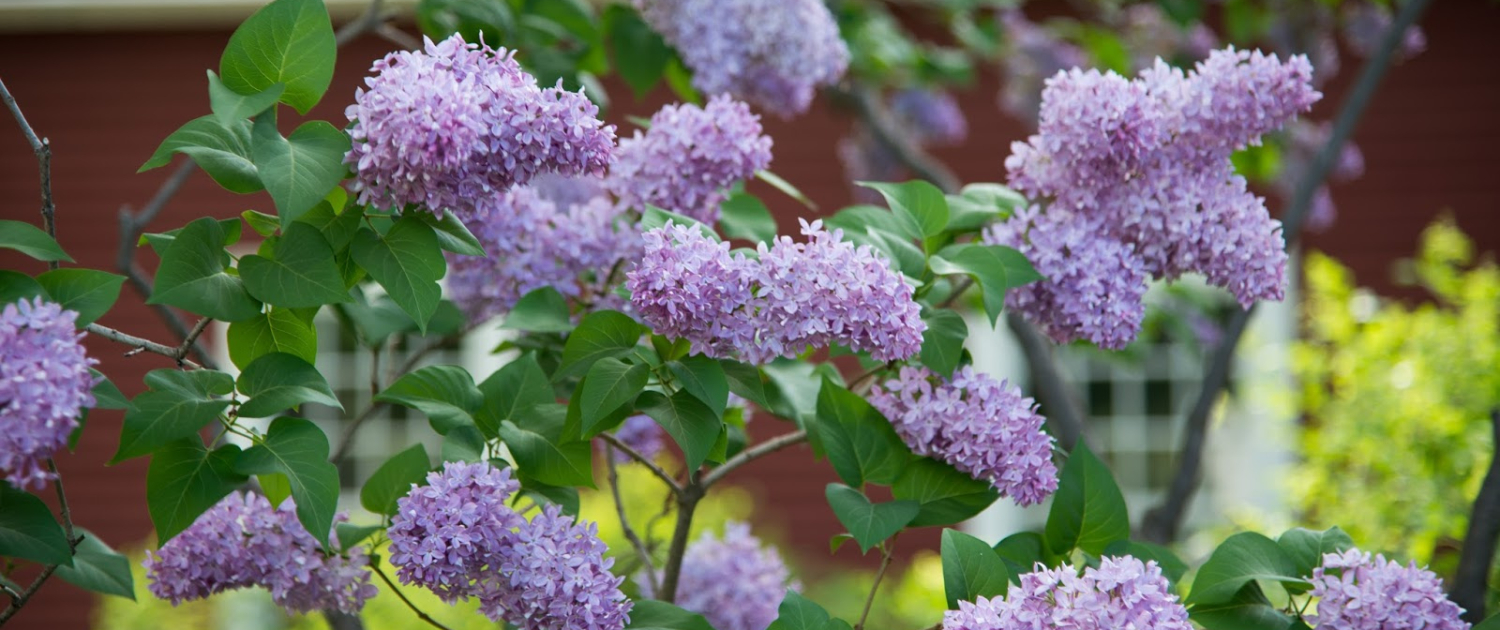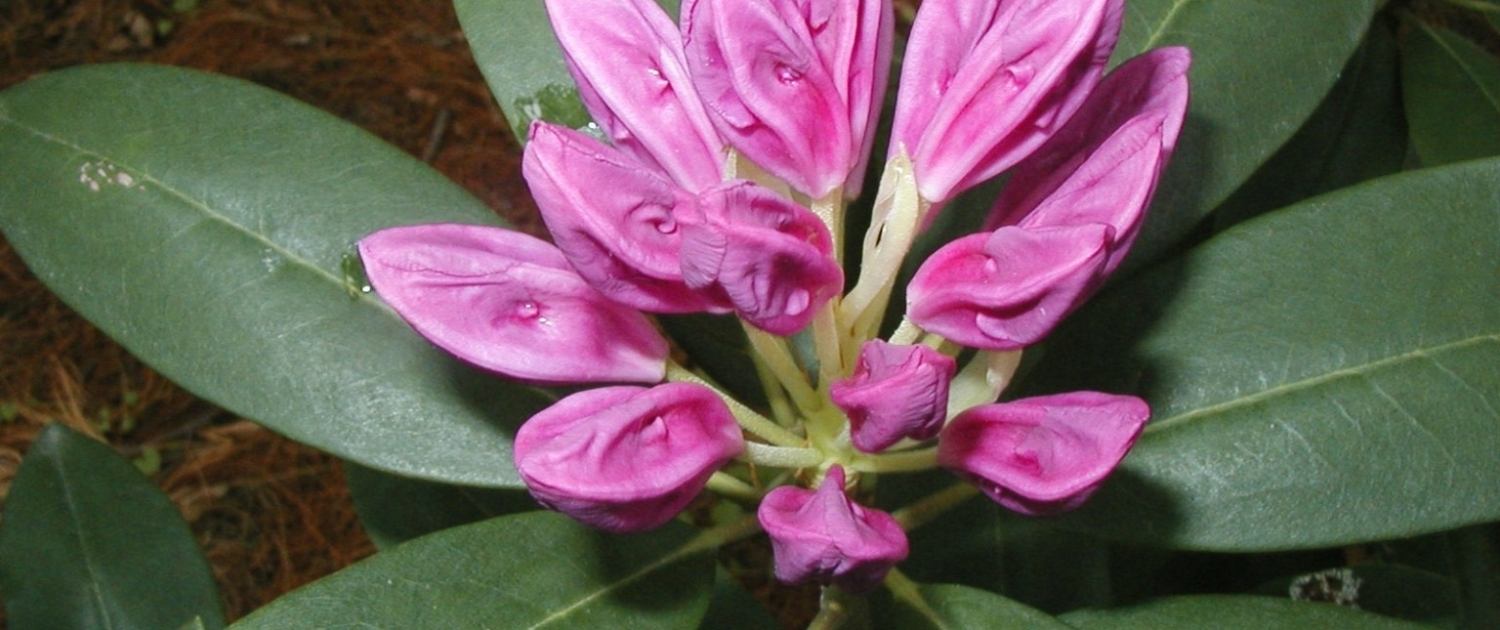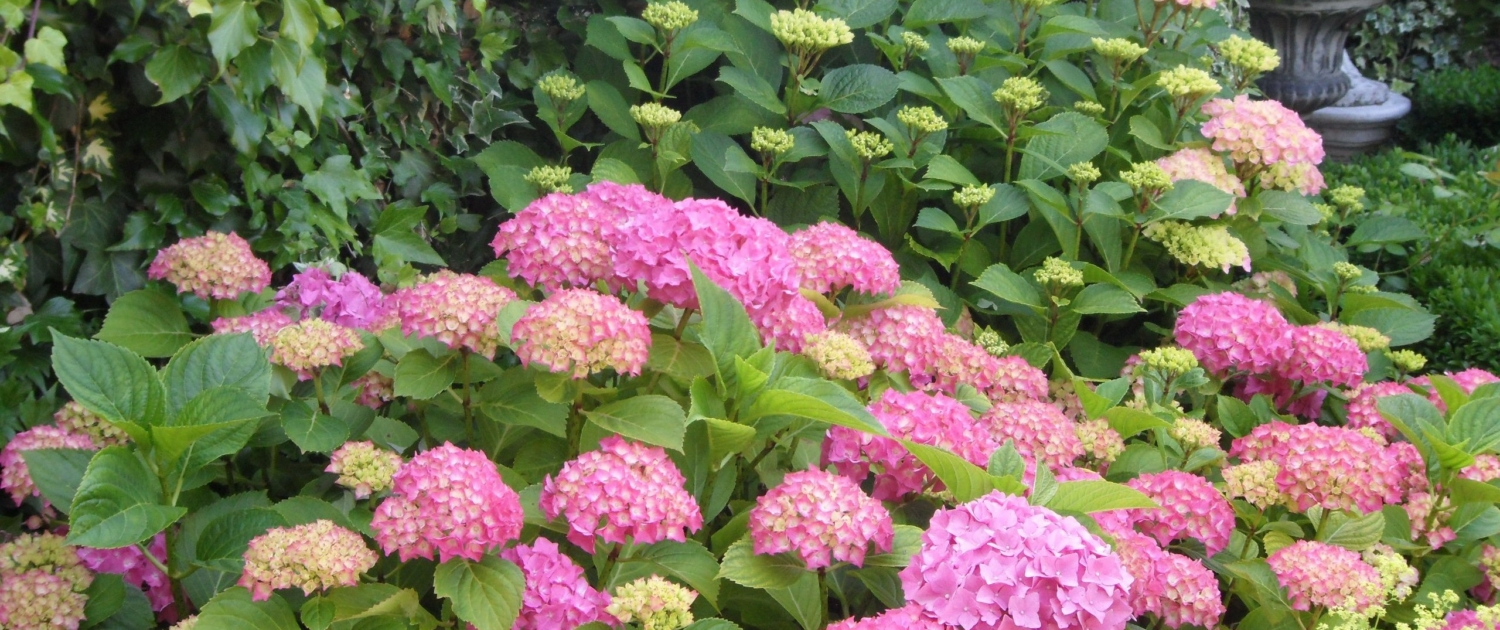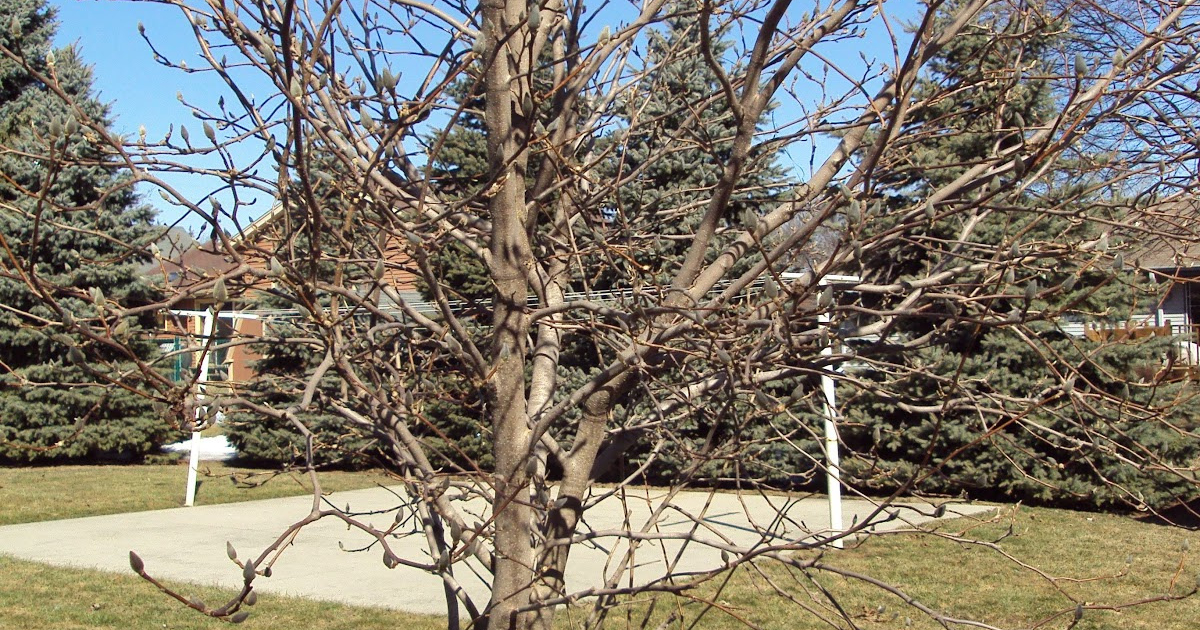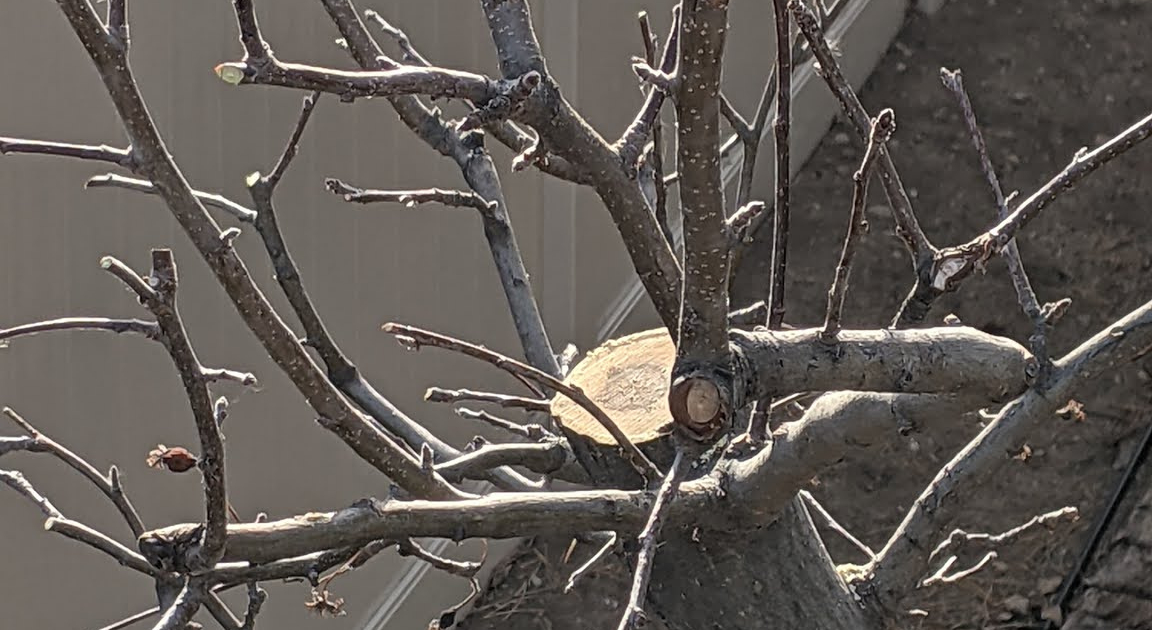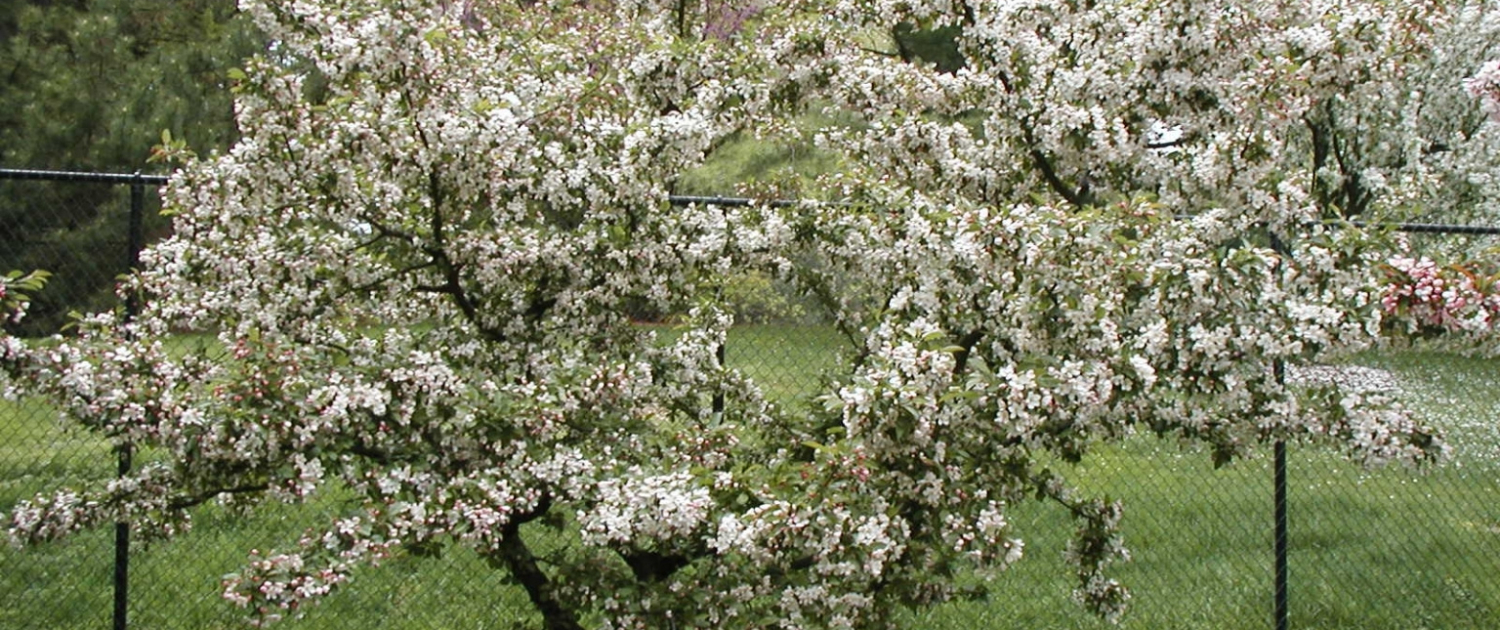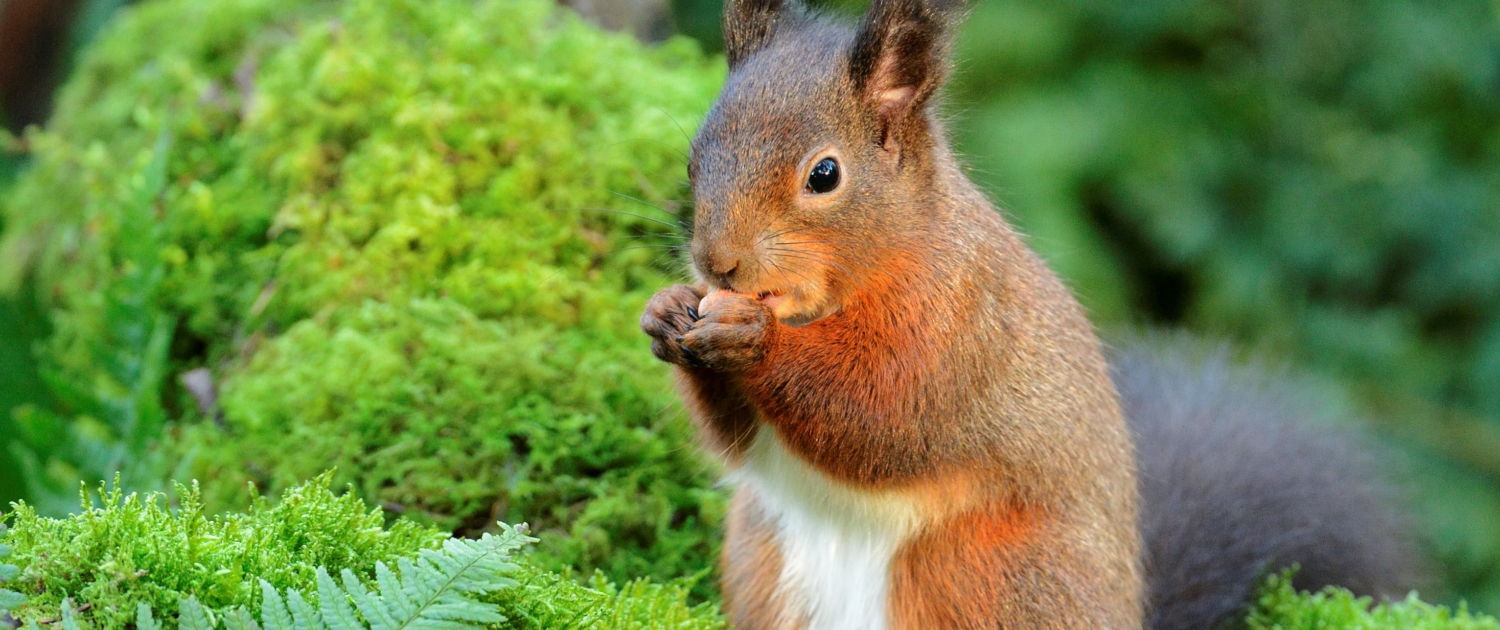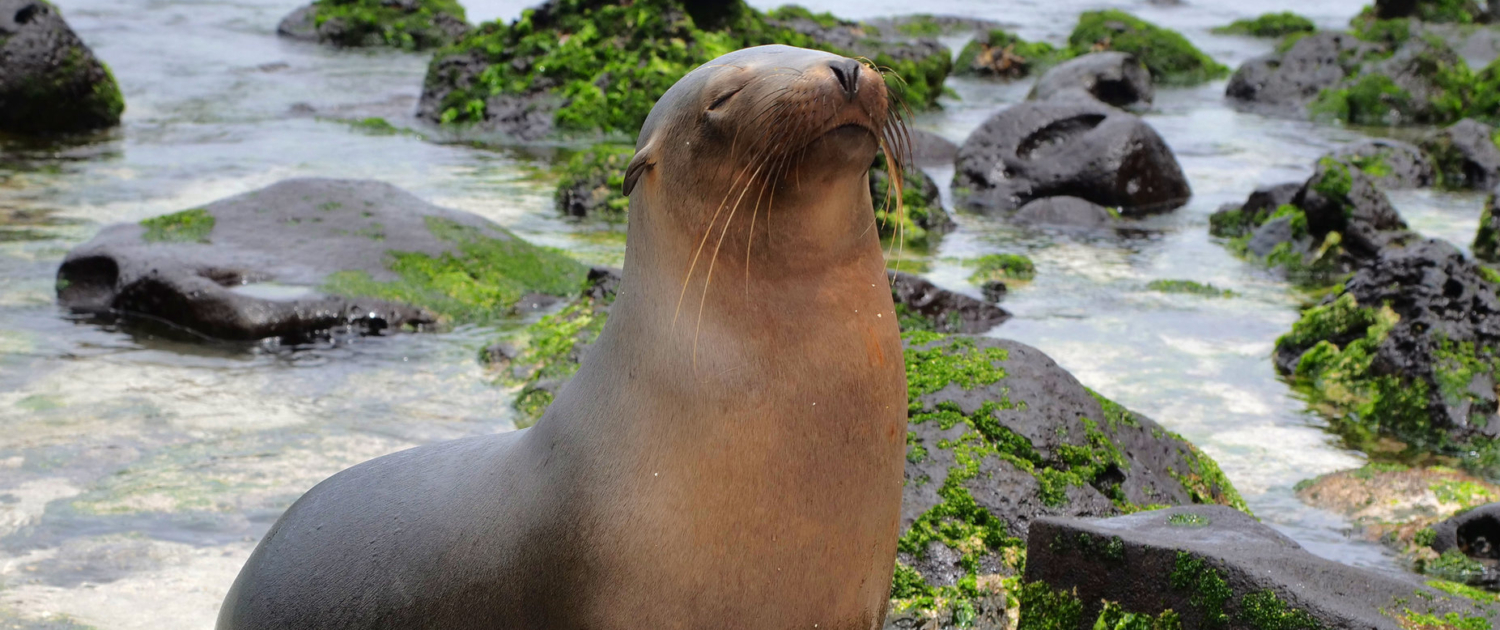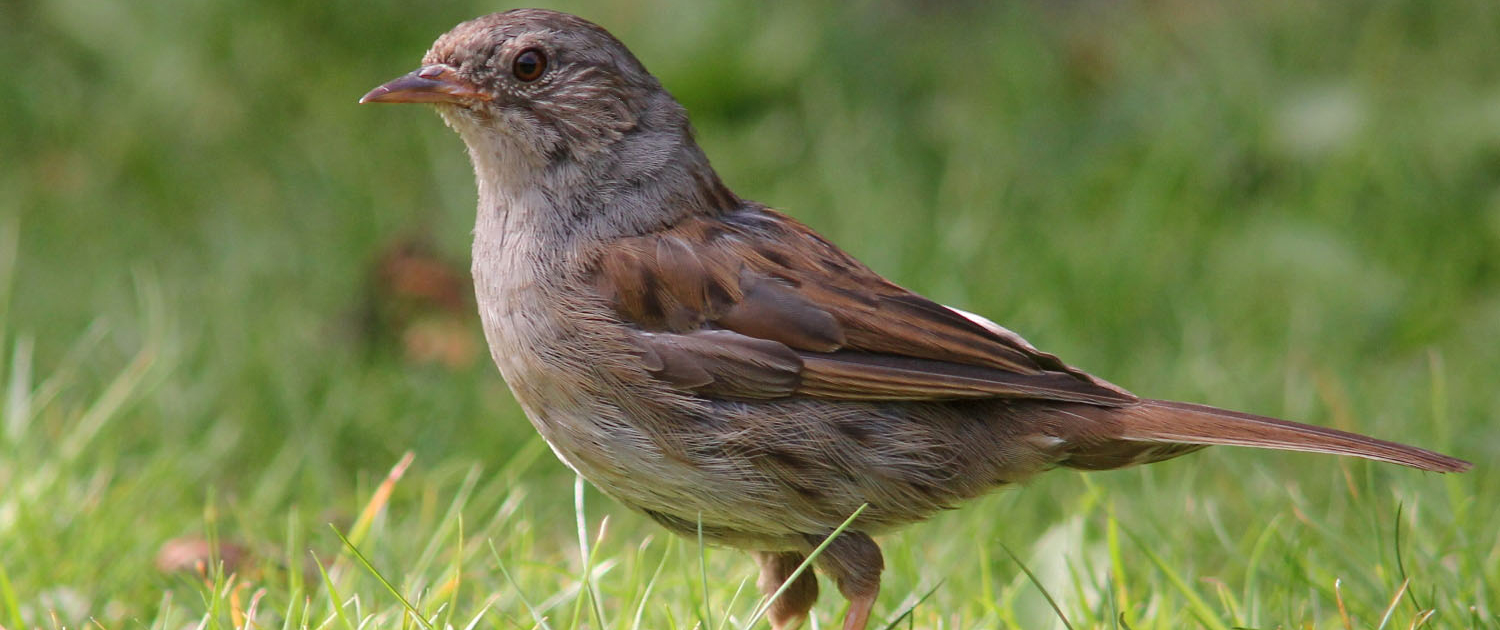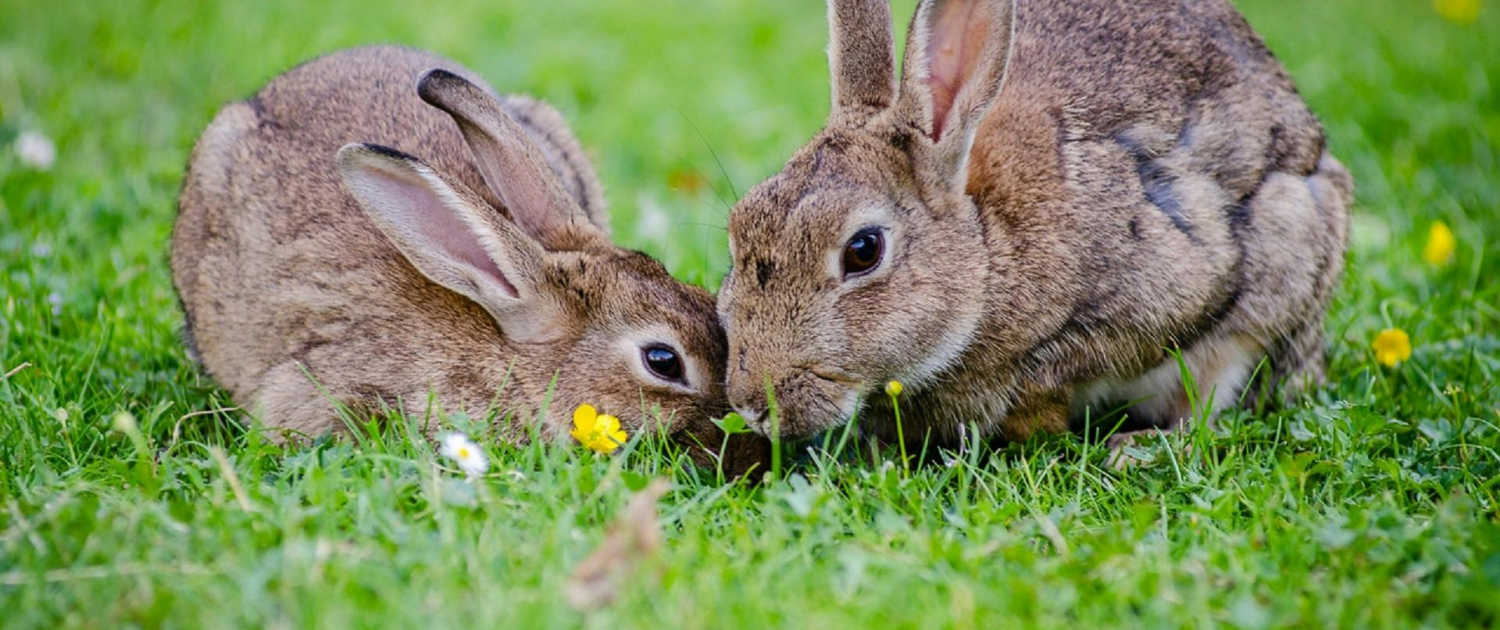When is the Ideal Time to Trim Fruit Trees?
The art of pruning fruit trees requires adept maneuvering through the diverse climates found in various regions and adapting techniques accordingly. In the Lower Mainland, Vancouver Island, and the Okanagan region of British Columbia, the distinct climates present specific challenges and opportunities, shaping the strategic timing for pruning fruit trees.
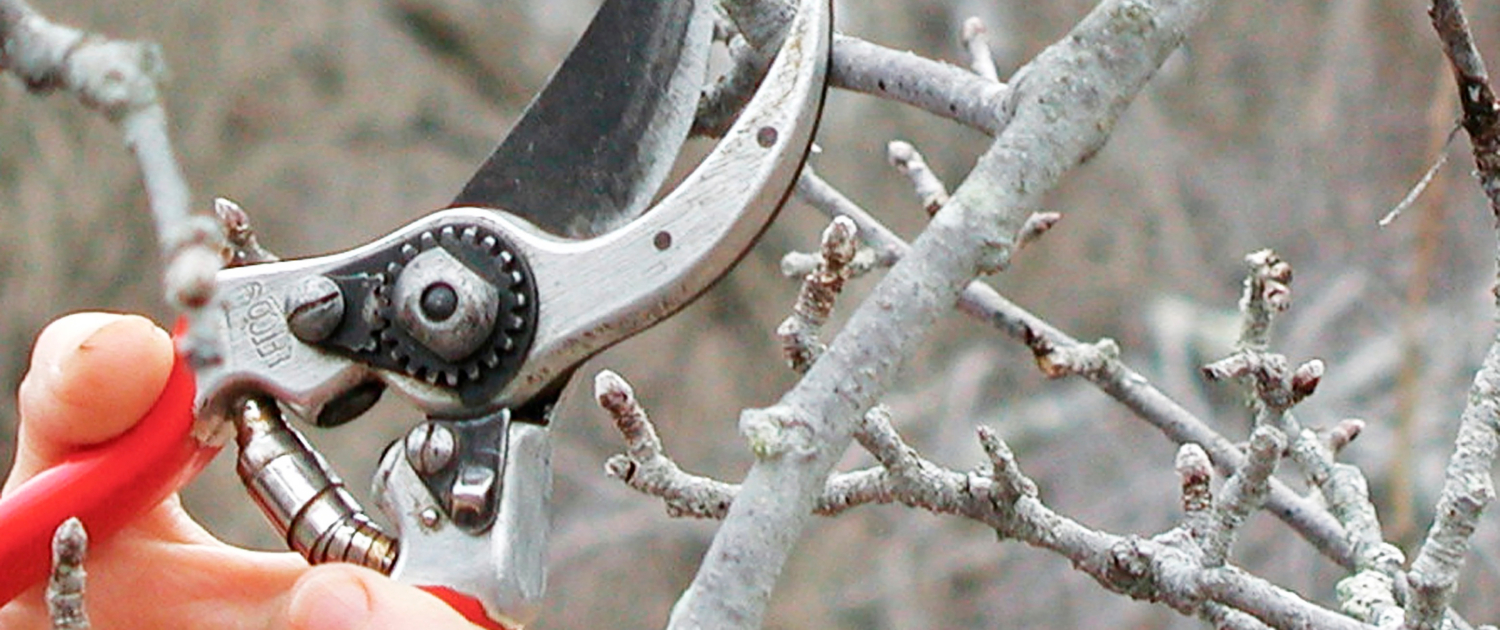
Navigating the Cold Winter Pruning
Navigating the Cold: Winter Pruning
In Vancouver Island’s moderate climate, the window for winter pruning extends from late fall through early spring. Late winter is particularly favorable, encouraging vigorous growth just before the arrival of spring blooms. In the Lower Mainland, where mild winters prevail, late winter to early spring offers flexibility for pruning, with a preference towards late winter to avoid potential frost damage. The Okanagan, with its colder temperatures, recommends late winter pruning to minimize the risk of frost damage on newly pruned branches, ensuring trees remain dormant until the coldest temperatures pass.
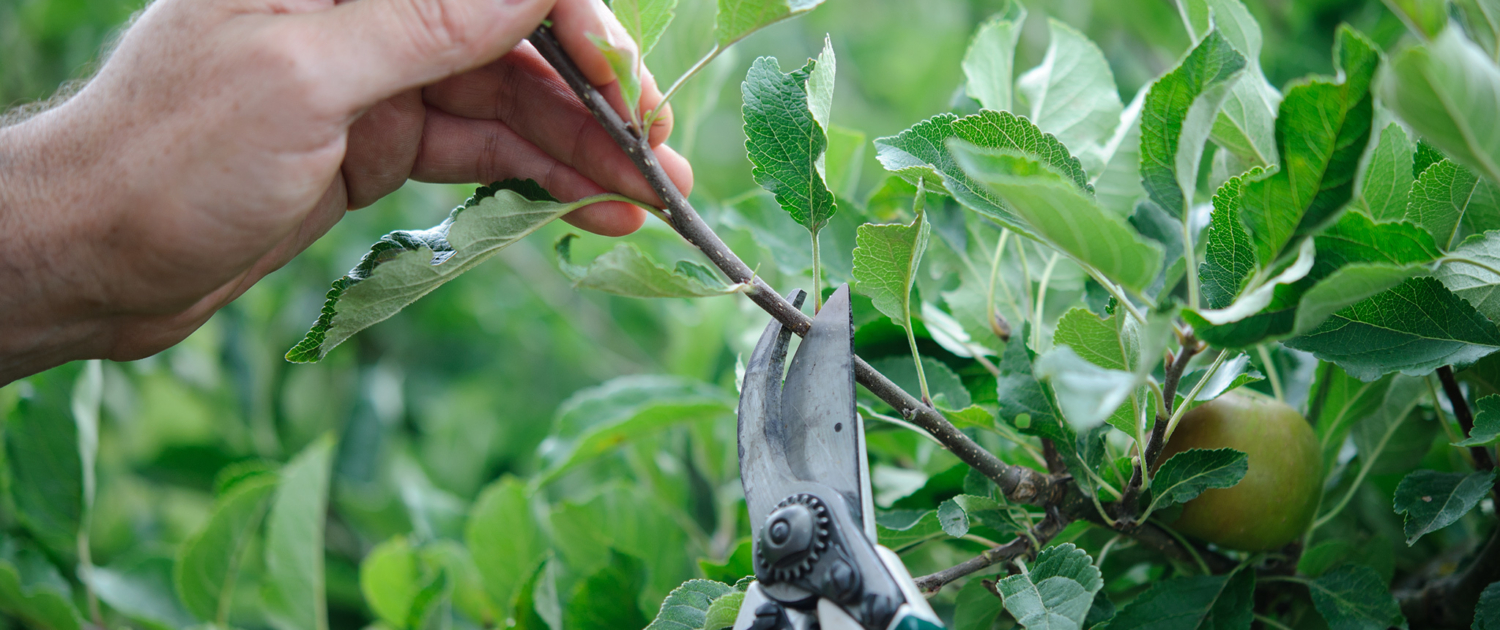
Delight After Harvest: Summer Pruning
Delight After Harvest: Summer Pruning
As the harvest season concludes, the opportunity for summer pruning arises. On Vancouver Island, summer pruning can be conducted after the fruit harvest, effectively managing tree size, and promoting new growth. In the Lower Mainland, post-harvest summer pruning supports the tree’s structure and enhances fruit production. The Okanagan, with its warmer temperatures, suggests conducting summer pruning slightly earlier, focusing on thinning and shaping to facilitate proper air circulation.
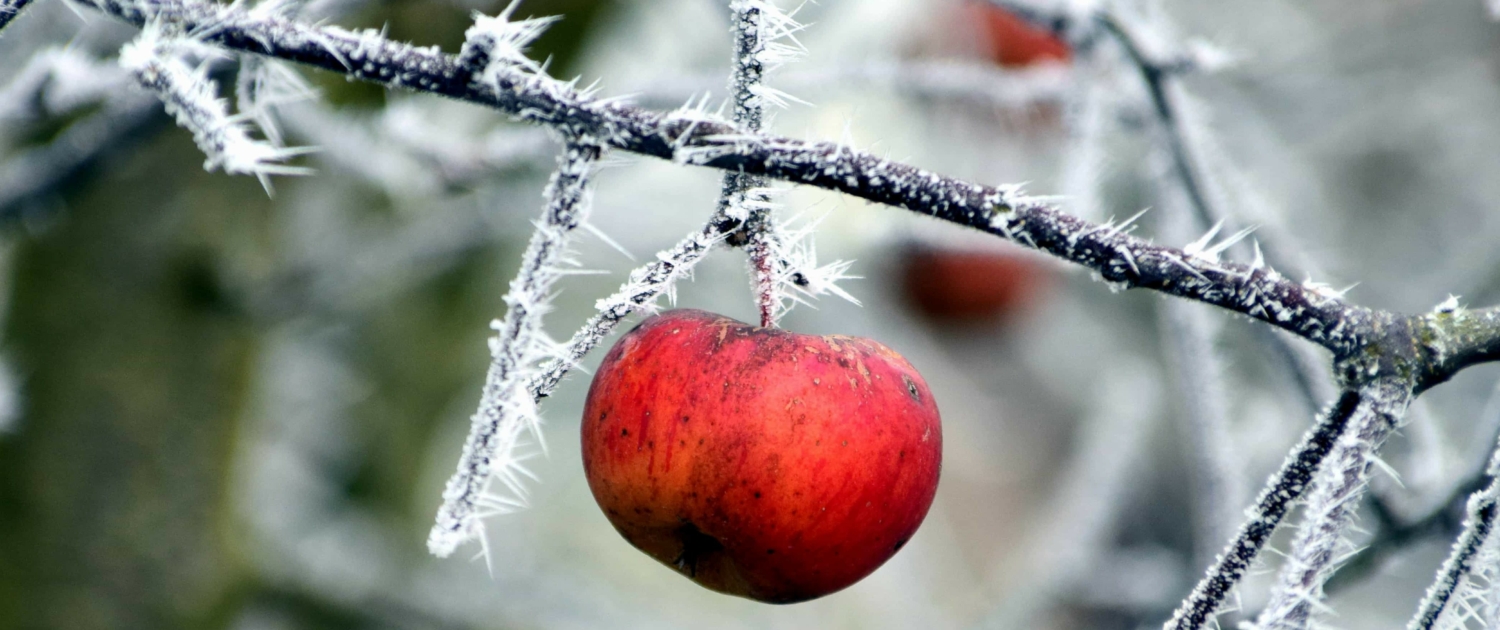
Navigating Local Conditions: Adapting to Microclimates
Navigating Local Conditions: Adapting to Microclimates
Understanding the microclimates within each region is crucial for successful fruit tree pruning. In the Lower Mainland, coastal conditions offer a more temperate environment, allowing for slightly extended pruning periods. Conversely, in the Okanagan, where winters can be colder, precise timing is essential to avoid frost injury on newly pruned branches.
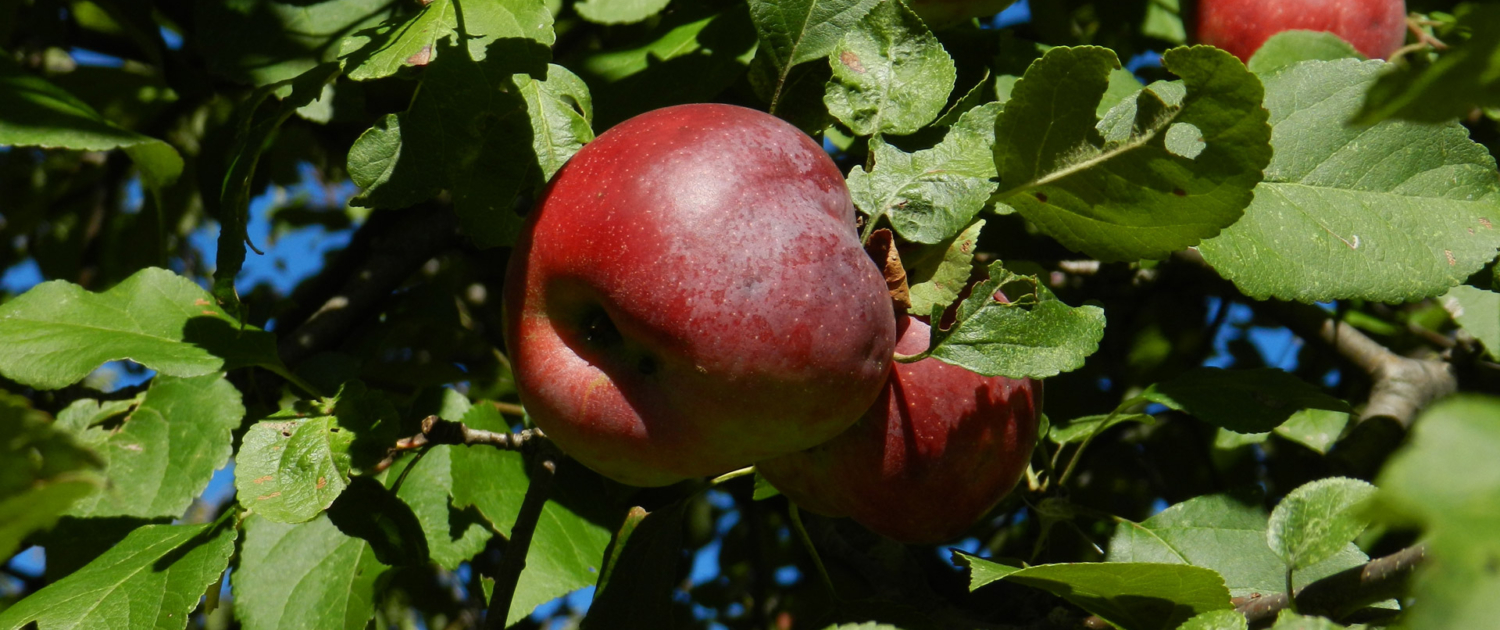
Tailoring Pruning Strategies: Considering Tree Varieties
Tailoring Pruning Strategies Considering Tree Varieties
Different fruit tree varieties require tailored pruning approaches. For apple and pear trees, the recommended pruning time is late winter or early spring to encourage healthy growth and maximize fruit production. Stone fruit trees, on the other hand, benefit from post-harvest pruning to maintain size and shape while fostering new growth.
In the Lower Mainland, Vancouver Island, and the Okanagan, the timing of fruit tree pruning is an intricate process that intertwines with the unique climates of each region. By recognizing the nuances of winter and summer pruning, adapting to microclimates, and considering tree varieties, orchardists can ensure the health and productivity of their fruit trees in this diverse and stunning corner of British Columbia.

